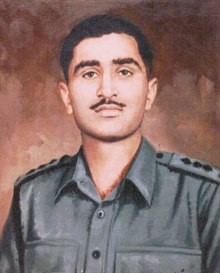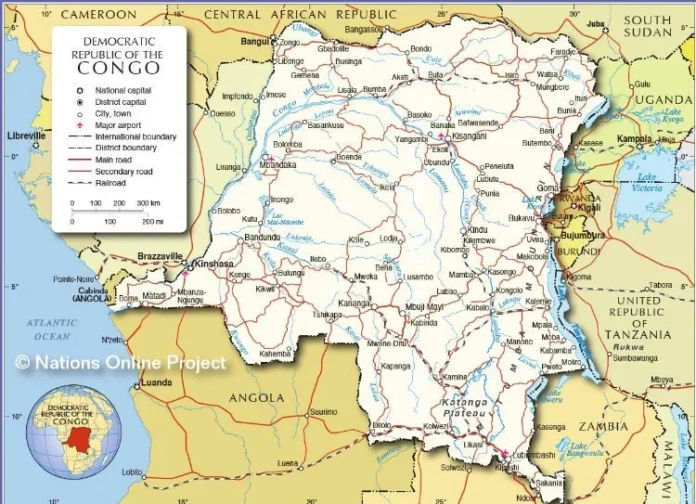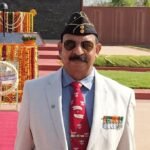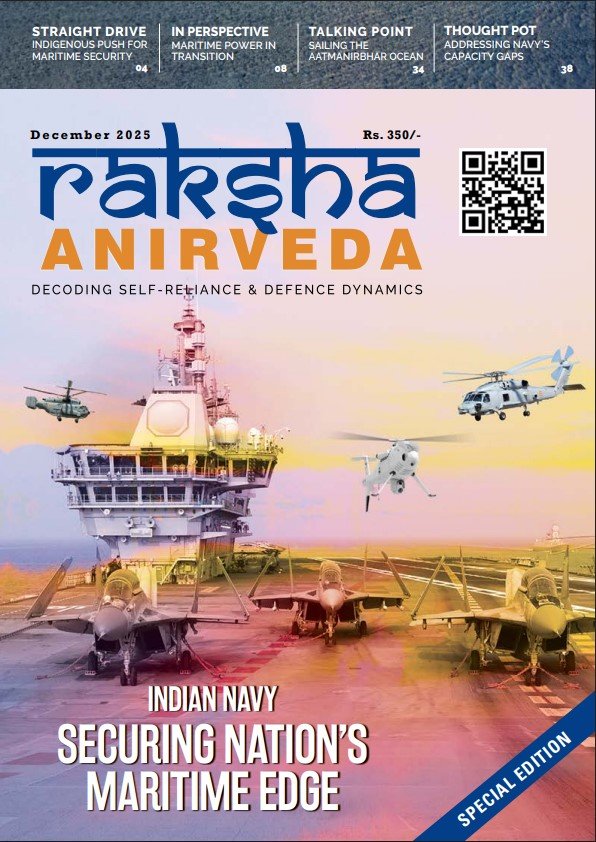Democratic Republic of Congo (DPR) in Central Africa also known as Congo-Kinshasa, Belgian Congo and Zaire is the second-largest country in Africa and the 11th-largest in the world with a population of 108 million people. It is named after the Congo River- the world’s deepest and second-largest river which flows throughout the country.
It is bordered by the Republic of Congo (ROC), in the North West. The central African Republic in the North, Sudan in the Northeast, Uganda, Rwanda, Burundi in the East and Tanzania, Zambia and Angola in the South. It also has a small coastline in Southwest Atlantic where River Congo finally merges in Sea.
The capital of DPR is Kinshasa. The region was originally home to Bantu tribes (name derived from the word for “people”) and was explored by European traders in the 18th century. Initially, the French tried to colonise East Congo but King Leopold ll of Belgium ordered his expeditionary force to forcibly seize the African landmass as his personal possession.
A treaty was signed on 17 Nov 1879 and Congo was renamed as Congo Free State. King Leopold ll declared himself the founder and sole owner of the Congo Free State. On 5 February 1885, King Leopold formally acquired the Congo Free State — 76 times bigger than Belgium as his personal property with the help of his private mercenary army called the Force Publique. This was largely because the area was rich in Ivory, Oil and Rubber plantations. Leopold managed to amass a huge personal fortune by exploiting Congo’s natural resources.
Leopold’s rule over the Congo Free State is often described as a reign of terror and atrocities. Thousands of men, women and children were tortured, murdered, kidnapped and amputated if they refused to do forced labour and add to his personal wealth.
The Belgian Parliament forced Leopold II to set up an independent commission of inquiry which confirmed that the population of the Congo had been “reduced by half” during Leopold’s rule. This led to international criticism and King Leopold was compelled to cede Congo Free State to Belgium in 1908.
Finally, on 18 October 1908, the Belgian Parliament voted in favour of annexing the Congo as a Belgian colony. Hence the Congo Free State was officially reconstituted and taken over as a new territory called Belgian Congo on 15 Nov 1908.
In May 1960, a nationalist movement, called Mouvement National Congolais won the parliamentary elections and Patrice Lumumba became the first Prime Minister on 24 June 1960.
On 30 June 1960, Belgium gave independence to Congo, then known as the Republic of the Congo.
Shortly after independence, there were secessionist struggles and mutiny in the Congolese army in the first week of July. A civil war-like situation cropped up in Congo which led to looting, arson and murders and the law and order broke down.
This created a state of near panic in Congo where a number of Belgians still lived primarily in or near Leopoldville the capital of Congo. In what amounted to adding fuel to fire, the Belgian government sent its paratroopers to protect its citizens in Congo.
The newly appointed Congolese PM Lumumba appealed to the United Nations for help on 12 July 1960 and asked for a peacekeeping force to resolve the crisis. After much deliberation, the Security Council passed Resolution 143 calling upon Belgium to withdraw its troops at the earliest and authorized the Secretary-General to provide military assistance to the Congolese Government on 14 July 1960. As a result, an army of nearly 10,000 peacekeeping troops, drawn from African and Asian nations was put together to restore law and order in Congo. Accordingly, the UN peacekeepers reached Congo on 15 July 1960. This was the UN’s first, and one of the largest peacekeeping missions –both in scale and operational scope.
At the outset, the UN peacekeepers were given the following tasks:
- Restore law and order.
- Stop other nations from getting involved in the crisis.
- Assist in building the nation’s economy
- Restore political stability.
The United Nations force was only allowed to use force in self-defence, but not allowed to take sides. However, things started going from bad to worse right from the day the UN Peacekeeper landed in Congo. For instance, Lumumba wanted the UN Peacekeepers to use military force to crush the secessionist movement in Katanga led by Moise Tshombe but Dag Hammerskjöld, the UN Secretary-General refused. This prompted Lumumba to allege that the United Nations of siding with Tshombe. Over time the ONUC transformed from a neutral peacekeeping to a military force engaged in offensive action to put down secessionist and mercenary forces.
After the United Nations turned down his help, Lumumba asked appealed to the Soviet Union for assistance to put down the secessionist movements. The Soviet Union responded promptly by sending advisers and military supplies and provided him with the opportunity to attack Katanga. However the attack failed and President Kasavubu dismissed Lumumba and appointed the chief of the Congolese army Col Joseph Mobutu– as the new Prime Minister.
Finally, Lumumba was executed by Col Mobutu’s henchmen with the help of the USA and Belgium on 17 January 1961. All this happened right under the nose of the UN peacekeepers, they could do nothing as they were ordered not to take sides and fire only in self-defence. An investigation by Belgium’s Parliament in 2001 found Belgium “morally responsible” for Lumumba’s death, and the country officially apologised for its role in his death.
When the multinational UN Peace Keeping Force drawn from around 12 countries landed in Congo to take part in Opération des Nations Unies au Congo (ONUC) on 15 July 1960 the situation was quite bleak. The Katanga tribe had revolted against Prime Minister Patrice Lumumba. A large group of foreign mercenaries had entered Congo and were fighting the state forces. The insurgency was at its peak and there was total uncertainty and chaos.
The Indian contingent was the largest among the UN Peacekeepers, followed by Ireland and Sweden. It had about 4000 troops and medical staff from the 99 Infantry brigade and was led by Brigadier K S Raja. The Indian peacekeepers landed in Congo on 21 Feb 1961 after the assassination of Prime Minister Lumumba.
The UN force headquarters about 15 km from Elizabethville Airport was strategically and logistically the lifeline for UN troops deployed in the Katanga region.
 Gurbachan Singh Salaria from the Gurdaspur district of Punjab was promoted as captain and asked to lead 3/1 Gorkha Rifles in the UN mission at Leopoldville, Congo. They were specially airlifted in USAF Hercules transport Aircraft from Palam Airport and joined the UN peacekeeping troops after initial familiarisation with the operation area. One of the areas of their responsibility was to provide security cover to a refugee camp which had a lot of Congolese women.
Gurbachan Singh Salaria from the Gurdaspur district of Punjab was promoted as captain and asked to lead 3/1 Gorkha Rifles in the UN mission at Leopoldville, Congo. They were specially airlifted in USAF Hercules transport Aircraft from Palam Airport and joined the UN peacekeeping troops after initial familiarisation with the operation area. One of the areas of their responsibility was to provide security cover to a refugee camp which had a lot of Congolese women.
The rebel force called ’gendarmerie’ was led by Moise Tshombe. It was equipped with armoured cars and wanted to declare the Katanga region — rich in Oil, copper, cobalt and Uranium – as an independent country. The UN troops had to carry out a number of operations to restore peace. Tshombe was agitated because his plans failed and ordered his insurgent groups to ambush and kidnap the UN peacekeeping personnel who suffered about 100 casualties.
Capt G. S. Salaria and his Gorkhas were often involved in skirmishes with the Gendarmerie militia who never missed an opportunity to abduct or molest the local women. This often led to the exchange of fire.
On 5 Dec 1961, a road opening party reported massive efforts by the Gendarmerie to block the road leading to Elizabethville Airport as well as isolate UN force Headquarters (HQ).
The UN force Commanding Officer planned a two-pronged attack. Two platoons of the Alfa Company were asked to attack the position from the front with fire support from two Swedish Armoured cars, while Capt Salaria and his men were tasked to open the roadblock with the help of two Swedish armoured personnel carriers and act as Cut off force from the Airfield side. The assault began in broad daylight.
Capt Gurbachan and his small force of Gorkha soldiers took a hook and were just about 1500 yards from the main objective when they came under heavy automatic fire from around 100 Katang troops entrenched in bunkers. They were well prepared to ambush the UN force and had even deployed two captured Belgian armoured cars for the purpose.
Capt Salaria knew quite well that his troops did not stand a chance against the adversary and his fate was sealed. His main concern was not his personal safety but saving the lives of his fellow men in the main force heading for the road junction. In the back of his mind, he knew that they too would be massacred if he did not fight.
So without wasting time, he established a fire support base comprising of Rocket Launchers and APCs mounted MMGs and led his Gorkha warriors from the front with open kukris — yelling the blood-curdling battle-cry ‘Ayo Gorkhali!’. Such was the motivation that each Gurkha braveheart killed at least 10 Insurgents before laying down his life. Even Captain Gurbachan Singh Salaria killed a minimum of 20 insurgents till a burst of LMG fire hit him in the chest and neck and he collapsed.
But like a man possessed he still kept firing and did not give up trying till he had killed the LMG crew. This unexpected act of bravery by Capt Salaria and his Gorkha soldiers completely unnerved the numerically strong opponents hiding behind well-fortified defences. They were so paranoid that they fled without even attempting to fight any longer.
As a result, the remaining gendarmes fled in confusion, leaving their dead and wounded behind. This helped the main battalion to successfully prevent the encirclement of UN headquarters in Elizabethville and neutralise the roadblock with minimum casualties.
Capt Gurbachan Singh Salaria subsequently succumbed to his wounds but his leadership and gallantry deed completely disregarding his own safety, set an example for others to follow for generations to come.
26-year-old Capt Gurbachan Singh Salaria was posthumously awarded ‘Param Vir Chakra’ the highest gallantry award for his bravery, courage and devotion to duty.
Later under pressure from the UN, Tshombe agreed to join the mainstream and ONUC was terminated on 30 June 1964.
-The writer is an Indian Army veteran and a defence analyst. He has keen interest in Geo-strategic affairs and writes regularly on internal and external affairs issues related to India and neighbours. The views expressed are personal and do not necessarily reflect the views of Raksha Anirveda
-The writer is an Indian Army veteran and a defence analyst. He has keen interest in Geo-strategic affairs and writes regularly on internal and external affairs issues related to India and neighbours. The views expressed are personal and do not necessarily reflect the views of Raksha Anirveda






